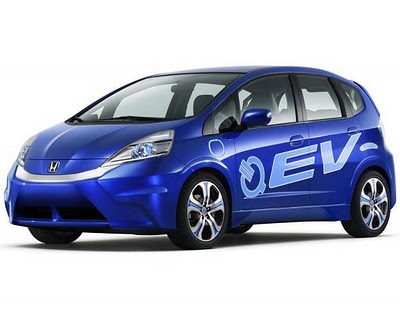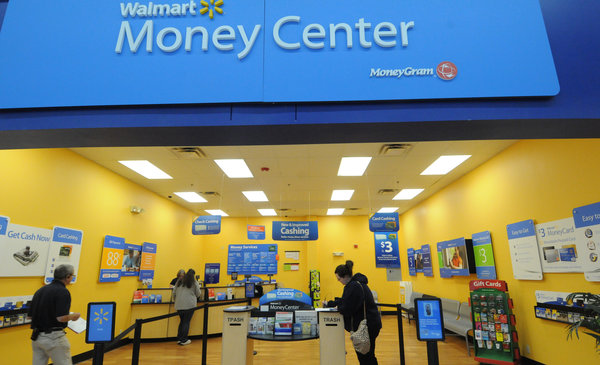Throughout this term, I have enjoyed working in COMM 296 on our Marketing Plan assignments. Despite the difficult that can arise from working in a team, I greatly enjoyed our freedom within the assignment and how it was structured to encourage us to teach ourselves about the information. Group work is an inevitable part of business and it is good practice for our skills in communication and problem solving while in the classroom setting.
Most of my ideas for the group work such as the video was inspired from the classes, however I was still required to read the text and other self learning material to correctly address the questions given. This provided a very comprehensive learning experience.
One of my realizations going through this year in university has been the need for hands on assignments that provide us with somewhat practical experience. This course, and assignment set has mastered that. This is one of the reasons that has directed me to specialize in marketing. I feel that I was able to get a good taste of what the ” real world ” of marketing will be like and how my passions and working style is able to fit into the industry.





